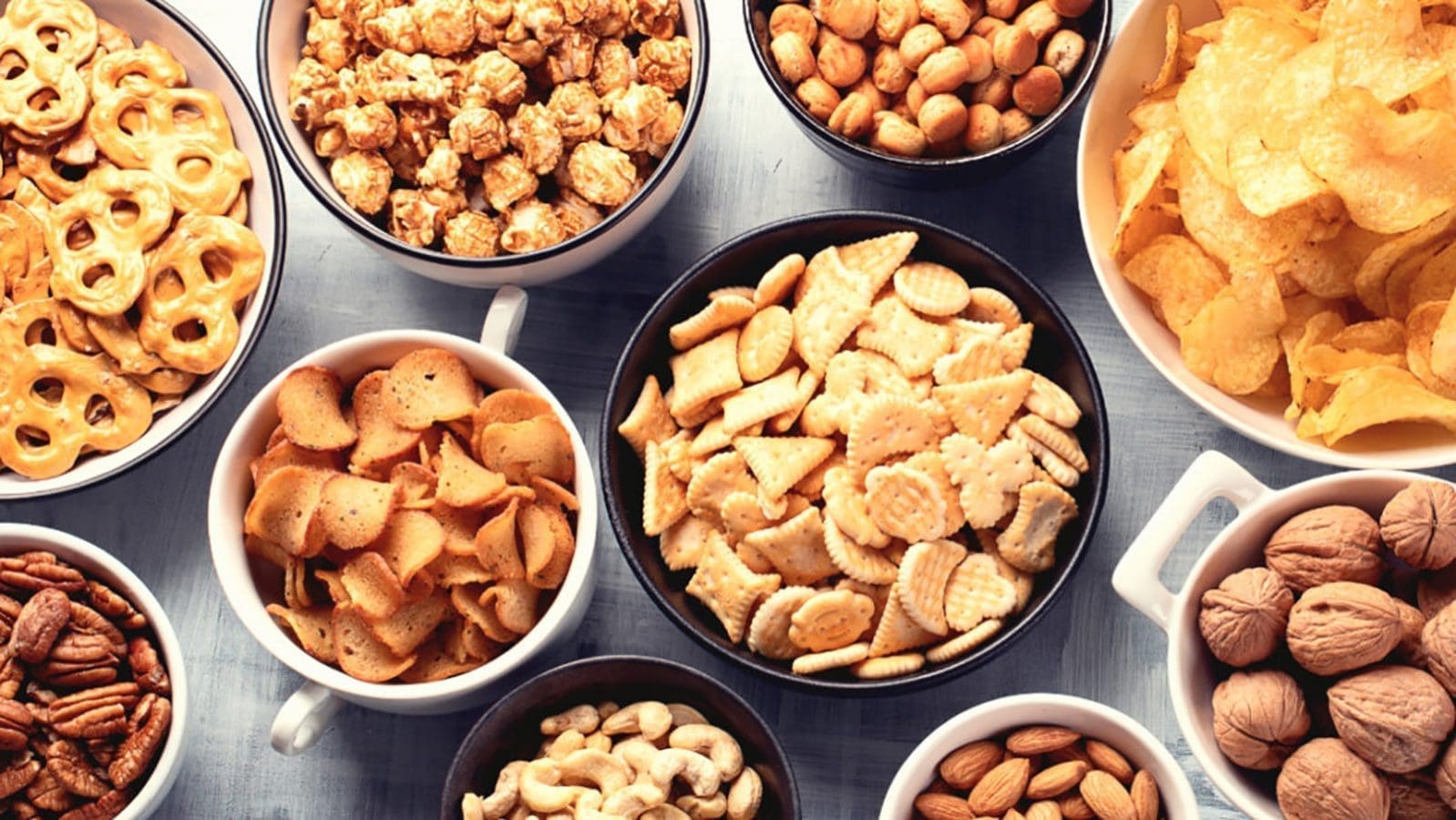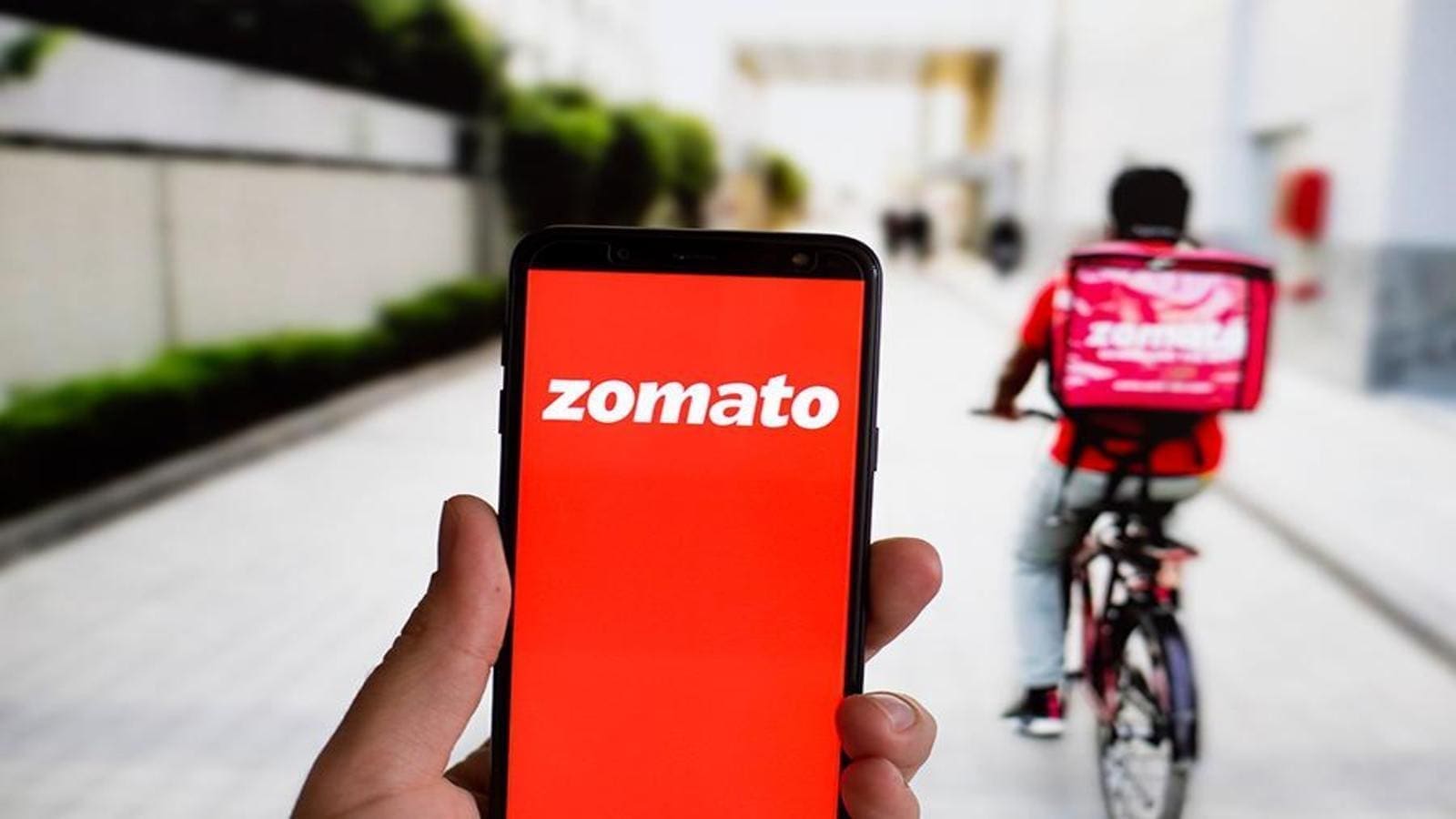SOUTH AFRICA – With the generally taxing circumstances the COVID-19 pandemic has presented, the explosion in snack consumption is hardly surprising.
During the pandemic, snack consumption has shot up across all categories attributed to the sense of comfort consumers experience from indulging, in addition to relieving boredom, reward oneself, boost mood, and to relax.
In South Africa, consumers are reported to have spent more on snacks since the onset of the pandemic.
According to the latest Ipsos Consumption and Shopper tracking study as highlighted by IOL, the value of snack sales increased by 43 percent compared to the previous year, with cheaper brands gaining traction in various categories.
However, the study shows that there was a decline in purchase frequency but consumers spent more than before on snacks on the occasions when they purchased them.
According to the study, this is due to changing lifestyles and an increase in consumer sophistication and product awareness.
Nibbles were more than just treats for consumers as they were also big business for manufacturers and retailers, with snacking becoming a daily occurrence for the modern consumer.
This value growth for snacks was largely attributed to the 4 percent growth of the total sweet category, with ice cream increasing 5.9 percent and sweets lifting 6.3 percent.
While ice cream and sweets remained stable across most age groups, it was the sweet-toothed 25-34-year-olds driving the growth.
Smaller in size, but big in potential, there was a slight push back from peanuts, increasing 2.3 percent in the total savoury category.
Shoprite takes the crown of highest snack sales volumes
In keeping with the increased sales of snacks, most retailers experienced an increase in crispy chips shopping.
Looking at individual retailers, Shoprite benefited the most from an increased volume of sales at 6.5 percent for chips, while its sister company Checkers came in second with a 5.4 percent increase. Pick n Pay recorded a significant decrease at 12.2 percent in chip shopping.
According to the study, although at-home consumption of snacks was at a comfortable 82 percent, compared to 18 percent of out-of-home snacking, the market was being driven by increased demand for convenient food products and on-the-go trends, most likely with people increasingly returning to post-lockdown lives.
Snacking while walking has seen the sharpest increase at 12 percent followed by snacking at the office at 8 percent and snacking while watching sports on TV at home at 5 percent.
On the other hand, consumption of snacks on public transport has declined sharply by 22 percent.
According to the report, with the gradual growth in snacking out of home, consumers were downsizing to smaller pack sizes, which was especially evident in the chip category.
Small and medium pack size volumes have grown by 3.8 percent and 3.4 percent respectively. Consequently, this had decreased the volume share of large pack sizes by 5.7 percent and extra-large pack sizes by 1.5 percent.
The study found that looking at the time of snacking, traditional breakfast hours (5am-10am) were the most popular time for both savoury at 45.2 percent and sweet at 37.6 percent, followed by traditional dinner and evening time between 6pm-11.59pm.
Most interestingly, late at night and early morning (midnight-4.59am) many consumers at 17.2 percent were said to be looking for something sweet to munch.
Liked this article? Subscribe to Food Business Africa News, our regular email newsletters with the latest news insights from Africa and the World’s food and agro industry. SUBSCRIBE HERE











